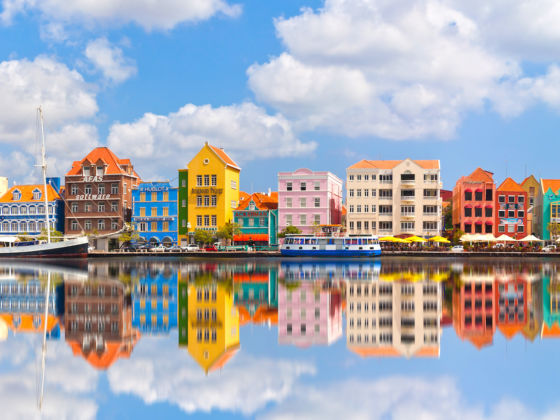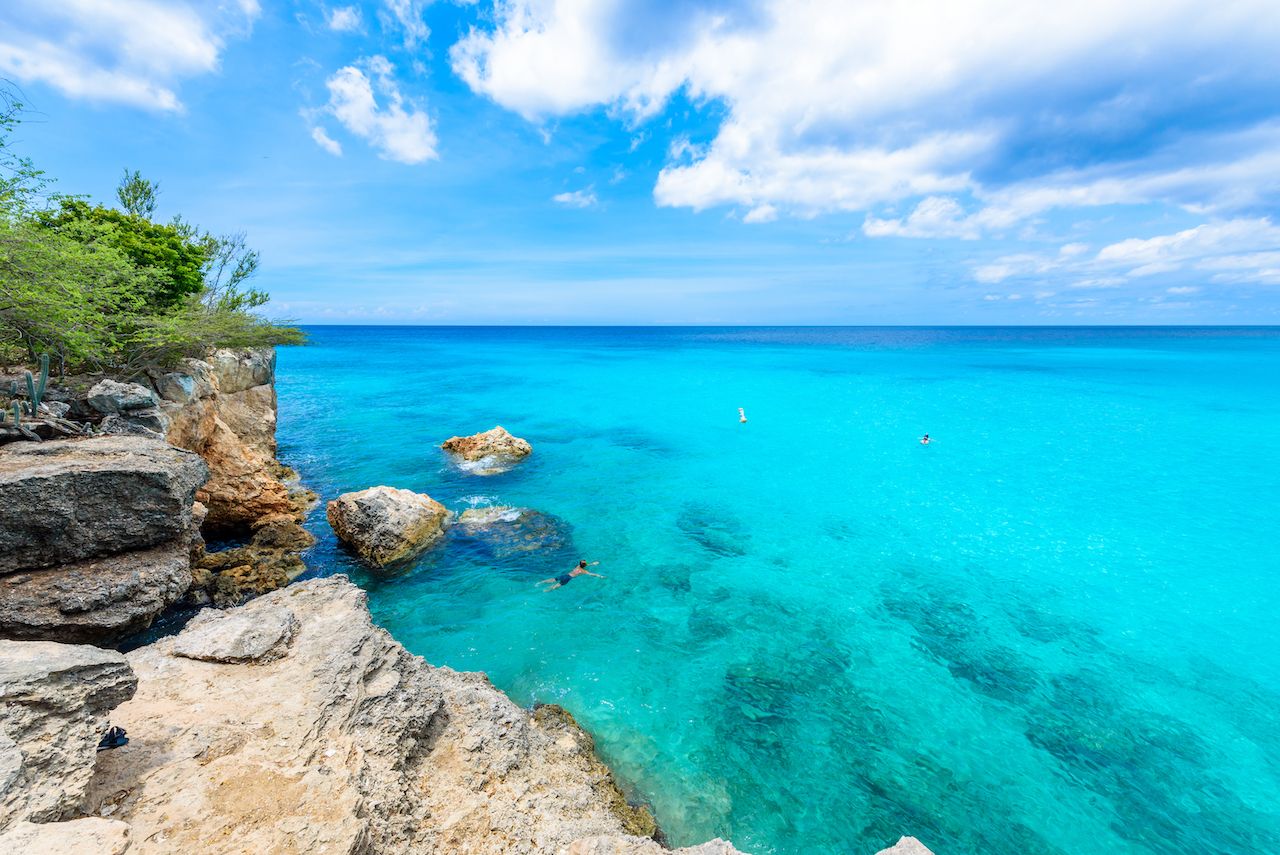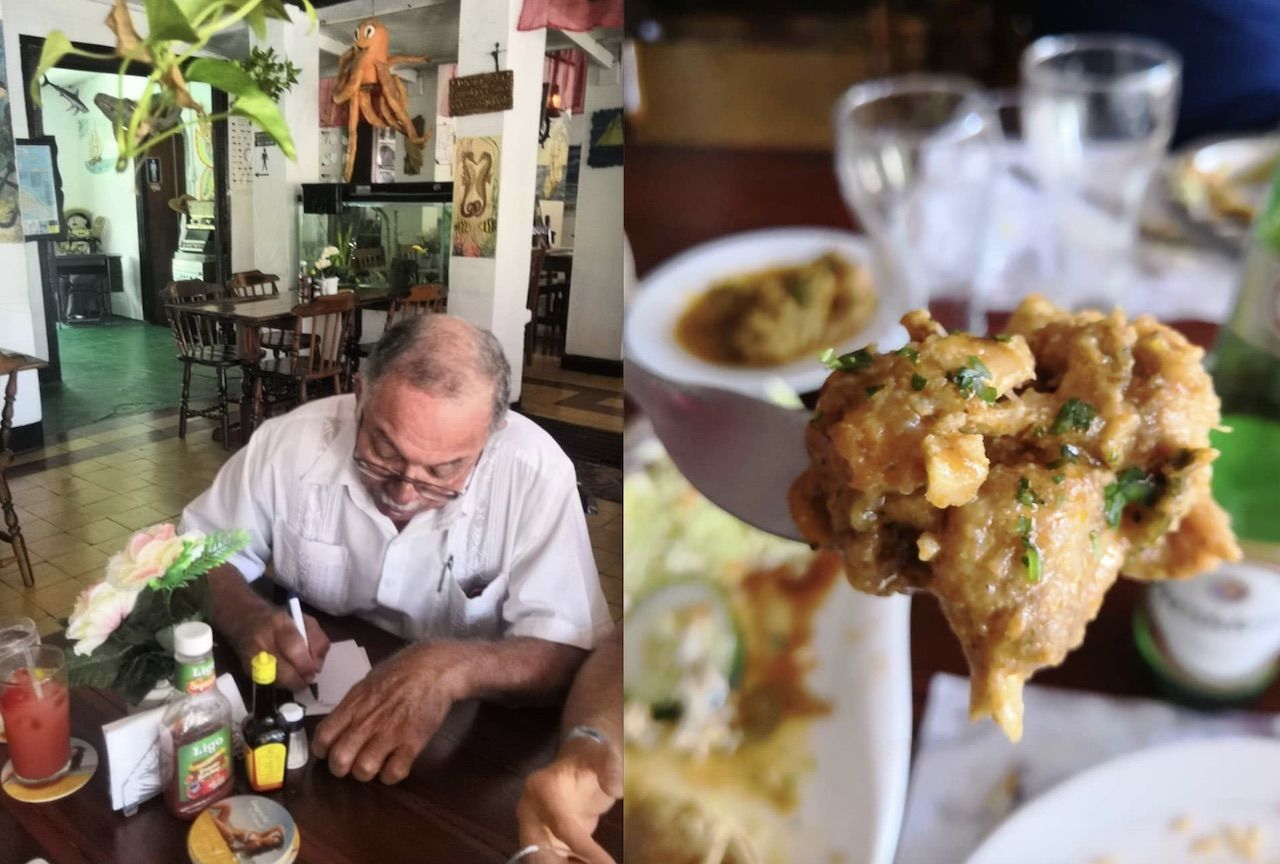As soon as he smelled the cigarette, Miguel was not having it.
“Hey!” he yelled at a doughy man walking up the rocky path to the top of Curaçao’s Mount Christoffel. “Put that out! The hell you doing?”
The man with the lit cigarette looked up like he was about to get mugged. Miguel, our hiking guide, stood uphill from him, his large, dark frame a menacing sight form below. The man nervously extinguished his cigarette on the closest rock.








